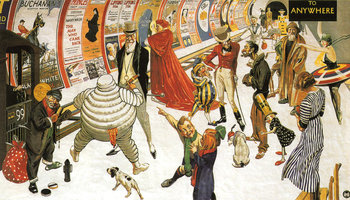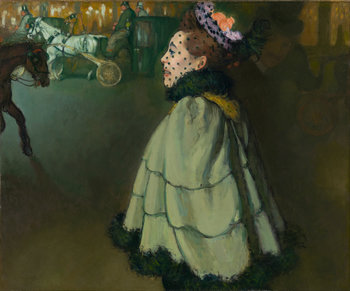Design Related Guides
Design
| |
Personas are fictional characters that are used to understand the needs, values, aspirations, abilities, limitations and character traits of customers and users. They are used as generalized profiles of customers for the purposes of marketing and user experience design.Tribes are self-organizing social groups that form based on commonalities such as interests, values, community, profession, needs or aspirations. While tribes have always existed, they have expanded rapidly as a result of tools such as social media that resulted from the commercialization of the internet beginning in the mid-1990s. It is common for marketing and user experience design teams to use tribes as a means of understanding customers. For example, marketing teams may engage a niche in social media in order to understand factors such as their preferences, style, habits, values, needs and aspirations.
Personas have been used since the 1960s by advertising firms and are pre-internet in origin. They come from a world of market research whereby you had to go out to shopping malls and other public locations to coax your customers into an interview. Nevertheless, they may still have value for modeling the different values and preferences that may exist within a tribe.Niche marketers may have little need for personas. If you sell high performance bicycles, you may be fully engaged with bike enthusiasts on a regular basis and have a good idea what they want. If you're a large company designing a product that's used by lots of people with different needs, personas may be more useful than tribes. Personas may also be useful for products that have no tribe. Most tribes are organized around passions such as hobbies, ideas and business. If you need to model your customers for a new line of toothbrushes, there may be no relevant tribe to turn to.|
| Personas | Tribes | Definition | Fictional characters that are developed for the purposes of understanding customers. | Self-organizing social groups based on commonalities such as values, interests, hobbies, ideas, needs and aspirations. | Useful For | Understanding customers | Understanding customersEngaging customers | Associated With | | |
Talent
This is the complete list of articles we have written about talent.
If you enjoyed this page, please consider bookmarking Simplicable.
© 2010-2023 Simplicable. All Rights Reserved. Reproduction of materials found on this site, in any form, without explicit permission is prohibited.
View credits & copyrights or citation information for this page.
|






























